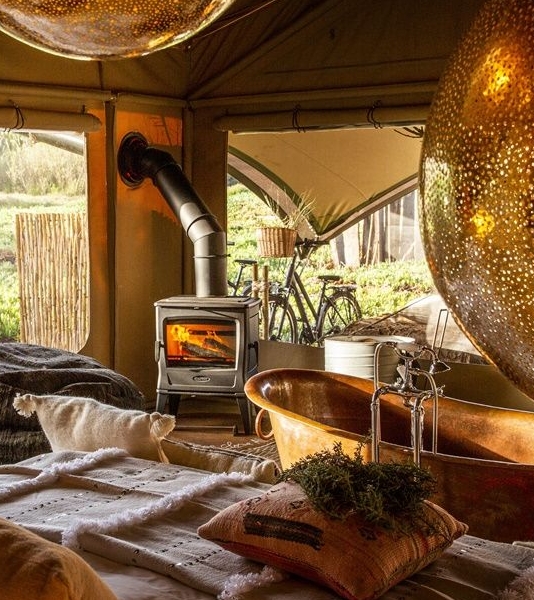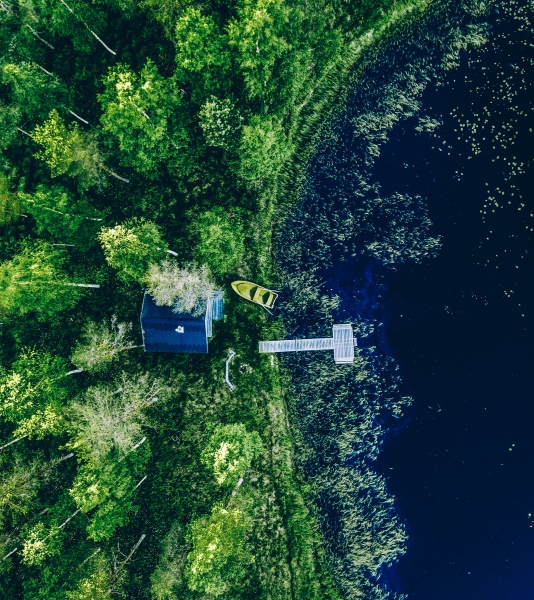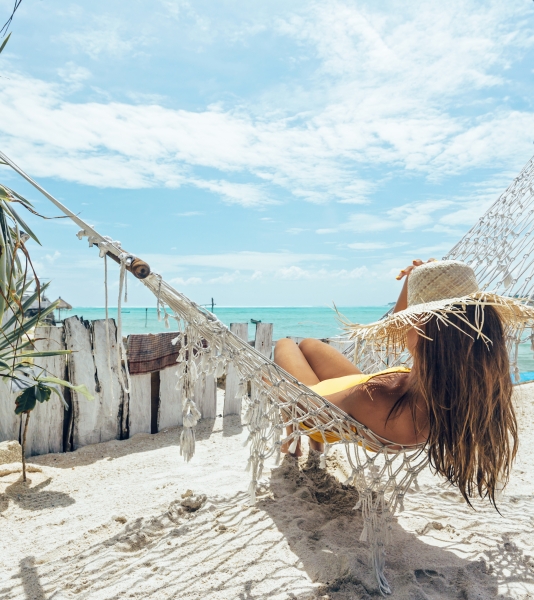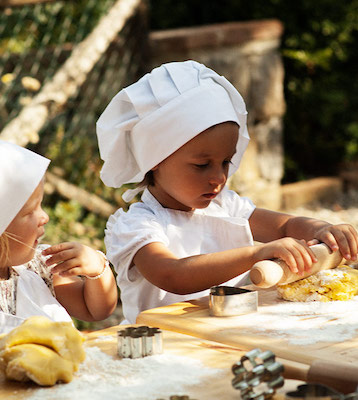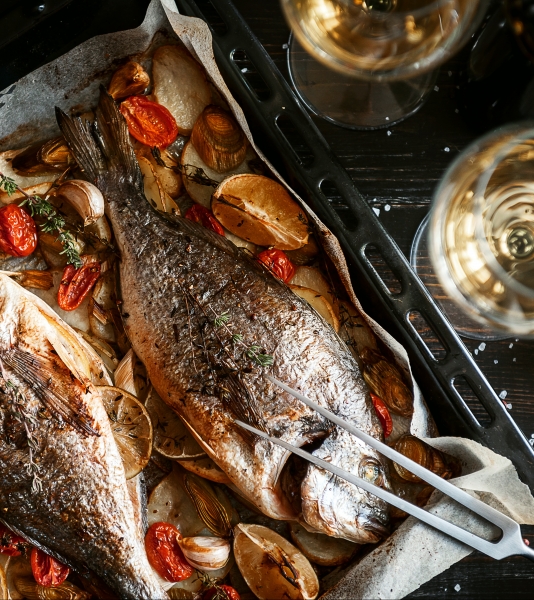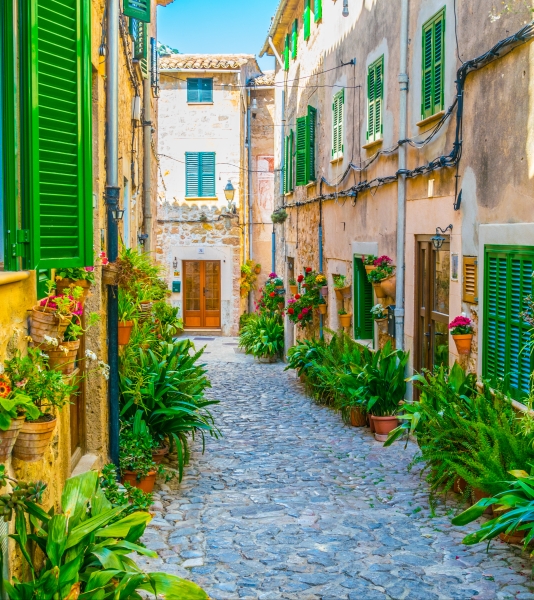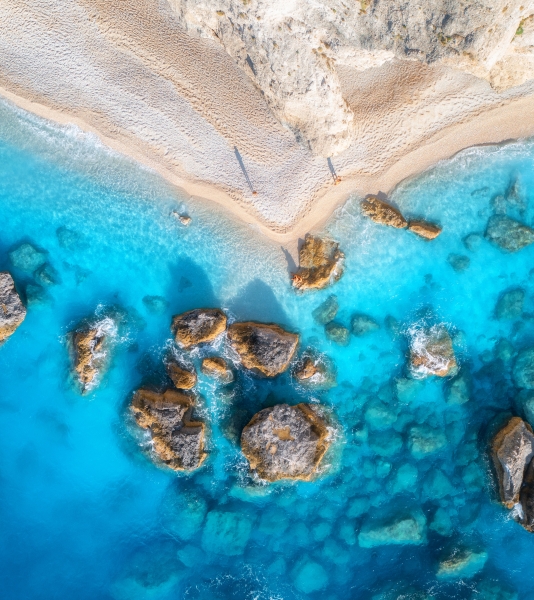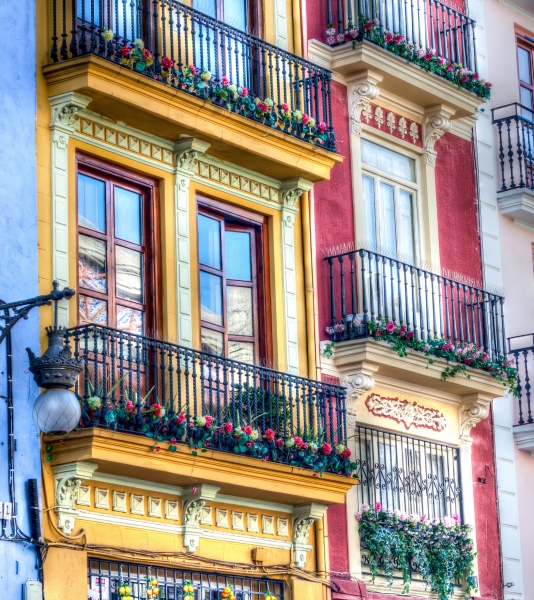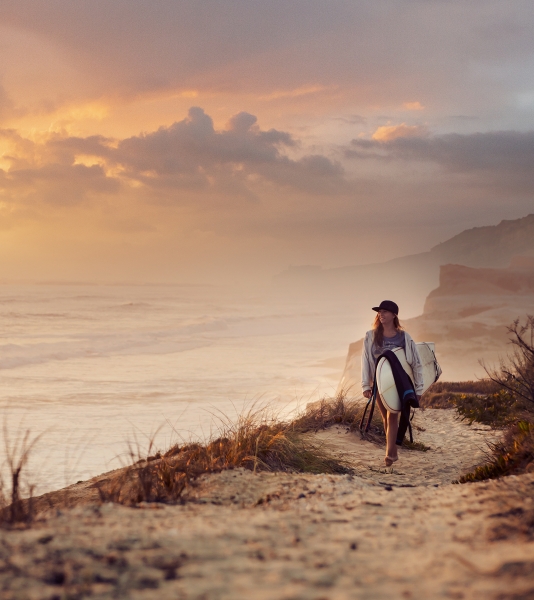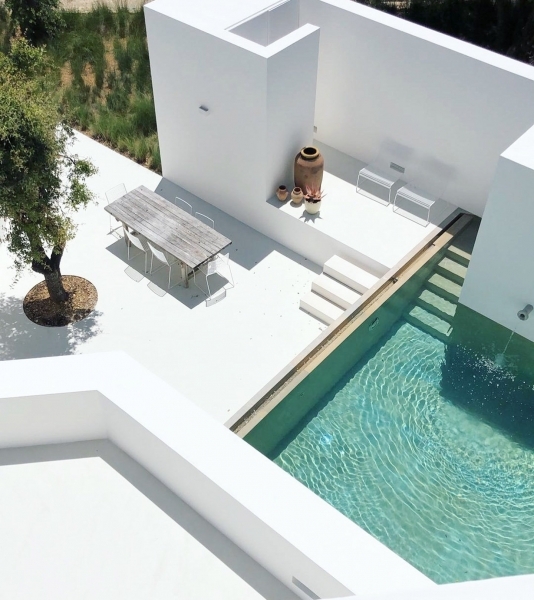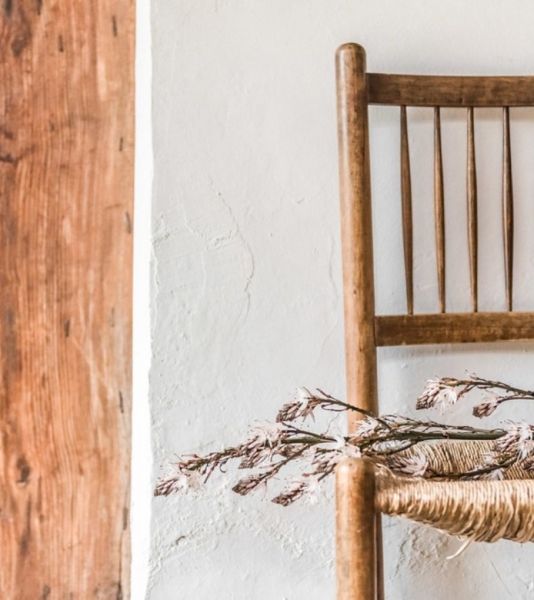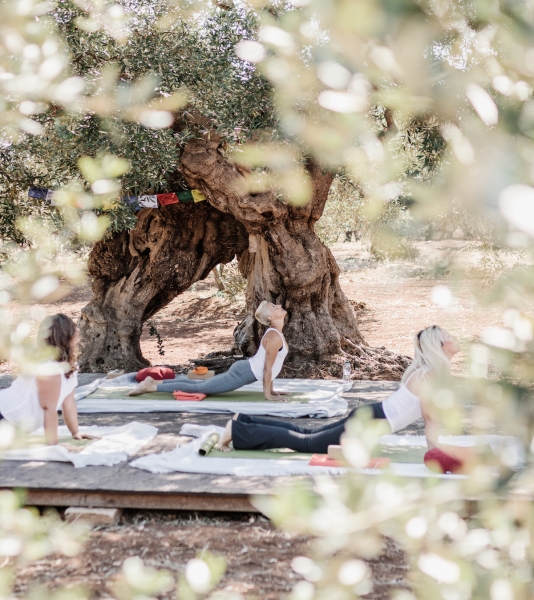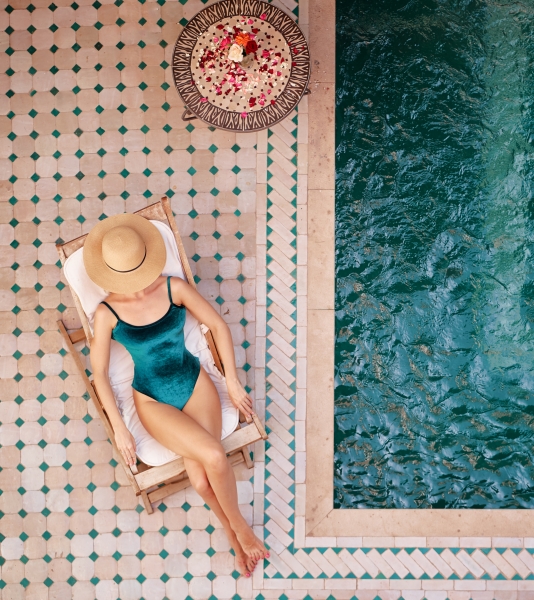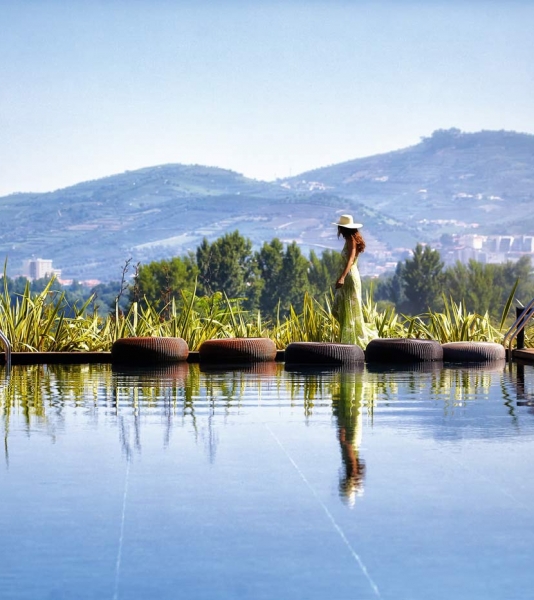Where to stay in Morocco: the best Riads and boutique hotels
Morocco is at once a world away but strangely familiar. Casablanca, Marrakesh, Tangier slip off the tongue as places we’ve all heard of, yet the country still retains an aura of the exotic even to this day – that colourful one thousand and one nights feel and atmosphere.
The fact of the matter remains that Morocco is an intrinsically beautiful land, one that abounds in a heritage and culture. As soon as you set foot on its shores you will be transported to another time and place totally different from what you will leave at home, but at your disposal there lie fascinating cities and landscapes that vary from snow-laden slopes to the highest mountain ranges in Africa and pristine deserts. Morocco's southern coast boasts pleasant weather all year long, meaning that summer never ends.
Our selection of romantic Morocco Riads, boutique hotels and charming guesthouses helps capture the essence of this fascinating country. If you are looking for a specific type of accommodation in Morocco, we propose you our collections where you will be able to choose more easily:
Our favourite towns, villages, and accommodations in Morocco
The most authentic places to stay in towns in Morocco are located in the heart of the Medina and are called Riad or Dar, which are characterized by for being built around a central patio with a fountain. Many also have an external living area protected by a wall. The large terrace on the top floor was used to communicate with the neighbours and the household chores. Nowadays the terrace has a more “European” purpose and is used as dining room or leisure area. Unlike Dars, Riads also have a garden. In our selection you can choose between a Dar or Riad in Essaouira, a Riad in Marrakech or a Riad in Fez.
Good to know about Morocco:
Local Customs:
The Moroccans are an extremely hospitable people. Following some basic guidelines will further enhance your enjoyment of Morocco: Avoid provocative clothing, accept mint tea when offered, this a sign of hospitality. Avoid drinking, eating, and smoking in public in daytime during the period of Ramadan.
It is not unusual to be invited by a Moroccan family for a meal. In this case wash your hands, as a symbolic gesture and wait for the master of the house to intone the bismillah (in praise of God).
Access to mosques and holy places is forbidden to non-Muslims (exceptions include the Hassan II Mosque in Casablanca, the Mohammed V Mausoleum in Rabat, the Moulay Ismaïl mausoleum at Meknes and the Moulay Ali Cherif Mausoleum at Rissani).
Entry Requirements:
Anyone visiting Morocco requires a passport. EU, US, Australian and New Zealand citizens do not need VISAS.
Language:
The official language of Morocco is Arabic, but French is widely spoken, whilst English is becoming an increasingly popular language, particularly in the major cities such as Marrakech, Casablanca, and Rabat.
Weather and when to go:
Pretty much all year round is the simple answer, especially on the southern coast where the weather is generally pleasant for the 12 months of the year. In the lowlands cool months last from October to April, but even so, we are talking pleasantly warm days and night time temperatures of 15º. However, winter in the north and the mountain regions is much cooler and wetter. The skiing season lasts from December to March.
Religion:
Islam, the official religion of Morocco, has coexisted peacefully with other religions for many years and there is a sizeable community of foreigners in the country, including French, Italian and American. As with other Muslim countries Ramadan is the most important religious festival and is observed by the vast majority of people. During the month-long festival Muslims refrain from drinking, eating, and smoking from sunrise to sunset.
Health:
There are no compulsory vaccinations for visitors to Morocco although doctors may recommend protection. Anti-malarial tablets are NOT necessary. Avoid drinking water from rivers and streams. When buying bottled water, always ensure the seal is unbroken. It is always wise to wash and peel fresh fruit. The summer sun in Morocco can be very harsh. Take precautions against sunburn by packing plenty of suntan oil and sun block - Only swim in hotel pools and safe stretches of coastline.
Money:
The official Moroccan currency is the Dirham, denominational in 20, 50, 100 and 200. Please note the following: It is illegal to change Money in the street. The best places to do so are banks, bureaux de change (indicated with a gold sign) and hotel cashiers. No commission is charged and you will receive a slip allowing any unspent currency to be changed back at the end of the trip. Cash dispensers can be found in most large towns and cities. Credit cards are generally accepted in major hotels, shops, and restaurants and sometimes even in the souks.
How to get around in Morocco:
Public transport in Morocco is efficient. You can use trains and buses to travel between cities. Taxis may or may not be common, and it is always advisable to agree on a price before you start your journey. It is always best to arrange a transfer to the airport with the Riad you are staying at, stating your arrival time and flight number; it's always cheaper than taking a taxi. Parking your car depends a lot on each city. In Marrakech, for example, you can enter the medina, but park only in certain places where you will have to pay a daily fee. Again, it is advisable to check with the accommodation you are staying in. In Essaouira, you are not allowed to drive into the Medina and will have to pay for parking outside, next to the city walls.
Gastronomy in Morocco
Moroccan cuisine is one of the most varied and interesting in the world and is heavily influenced by North African cuisine. Its essence is fundamentally marked by the mixture of sweet and savoury and by the use of couscous, vegetables, meats, and spices.
One of the typical dishes you must try on your trip to exotic Moroccan cuisine is tajine, made with couscous, vegetables and meat or fish over a base of spices, all served in a baked earthenware bowl covered with a conical lid. Tajine can combine the above foods with less conventional ones such as plums or quince. Another of Morocco's best-known foods is harira, or Moroccan soup, made with meat, vegetables, and tomatoes, seasoned with the intense flavours of coriander, parsley, ginger, and pepper. Couscous is undoubtedly another major player. Made from wheat semolina, it forms the basis of Moroccan cuisine and is often combined with meat and vegetables. Travellers visiting Rabat should try the seven-vegetable couscous, which is typical of the region.
The country's sweets are also known for their delicacy. Moroccan "beghrir" or "crêpe" will delight the sweet-toothed. Served hot, with honey or olive oil and accompanied by almond paste or butter, it is famous for being the first food traditionally eaten by Moroccan women after giving birth.
Tea is another of the great ambassadors of Moroccan gastronomy. The most famous is mint tea with mint and sugar (known as "Moorish tea" in Spain). In this country, tea is a symbol of hospitality and has an interesting ritual when it is served. According to Moroccan custom, in order to taste this tea, you have to sit on a carpet and drink three cups: the first, without sugar, is bitter like life; the second, with sugar, is sweet like love; and the third, with a lot of sugar, is smooth like death. The cups are usually alternated with sweets, made mainly with walnuts, pistachios, almonds, and honey.
As nossas coleções
Não sabe para onde ir? Deixe nossas coleções te inspirarem.
Sobre a Secretplaces
Os nossos principais países
- Espanha melhores hotéis e casas
- Portugal hotéis de charme e casas
- Itália melhores hotéis e casas
- França melhores hotéis
- Brasil hotéis e pousadas
- Marrocos riads e hotéis
- Grécia melhores hotéis
- Inglaterra melhores hotéis
- África do Sul melhores hotéis
- Alemanha melhores hotéis
- Holanda melhores hotéis
- Bélgica melhores hotéis
- Austria melhores hotéis
- Turquia melhores hotéis
- Suécia melhores hotéis
- República Checa hotéis
- Irlanda melhores hotéis
- Escócia melhores hotéis
- Dinamarca melhores hotéis
- Croácia melhores hotéis
- Suíça melhores hotéis
- Eslovénia melhores hotéis
- Polónia melhores hotéis
Os nossos principais destinos
- Toscana hotéis
- Côte d'Azur e Provence hotéis e casas
- Costa de Lisboa hotéis de charme
- Tirol do Sul hotéis
- Sicília hotéis e casas de férias
- Sardenha hotéis boutique
- Algarve hotéis e casas de férias
- Mallorca hotéis e casas de férias
- Ibiza hotéis boutique
- Ilhas Canarias hotéis e casas de férias
- Creta hotéis e casas de férias
- Bretagne hotéis
- Açores hotéis de charme e casas
- Costa Amalfitana hotéis
- Andaluzia hotéis e casas de férias
- Costa de la Luz hotéis
- Catalunha e Costa Brava hotéis
- Cíclades hotéis boutique
Escapadinhas cidades
- Lisboa hotéis e apartamentos
- Veneza hotéis e palácios
- Barcelona hotéis de charme
- Paris hotéis de charme
- Porto hotéis e apartamentos
- Marrakech riads e hotéis
- Florença hotéis de charme
- Londres hotéis de charme
- Roma hotéis
- Berlim hotéis e charme
- Madrid hotéis
- Amesterdão hotéis
- Milão Hotéis
- Copenhaga hotéis
- Estocolmo hotéis
- Istamul hotéis
- Dublin hotéis
- Praga hotéis
- Rio de Janeiro hotéis


